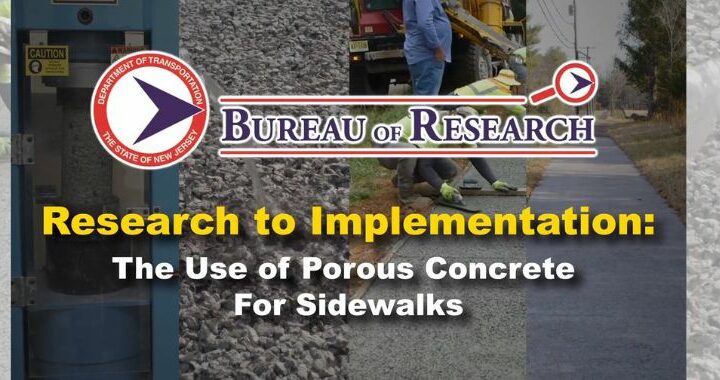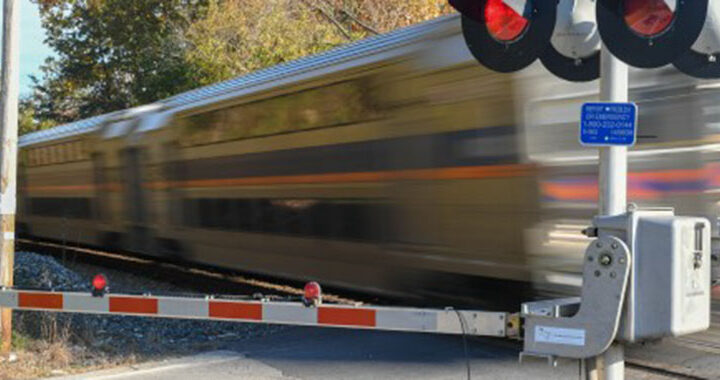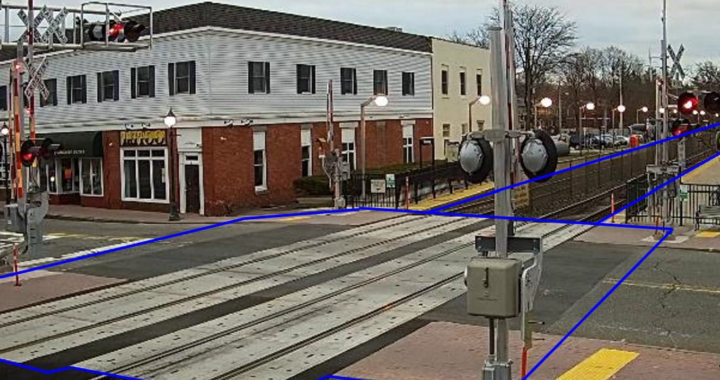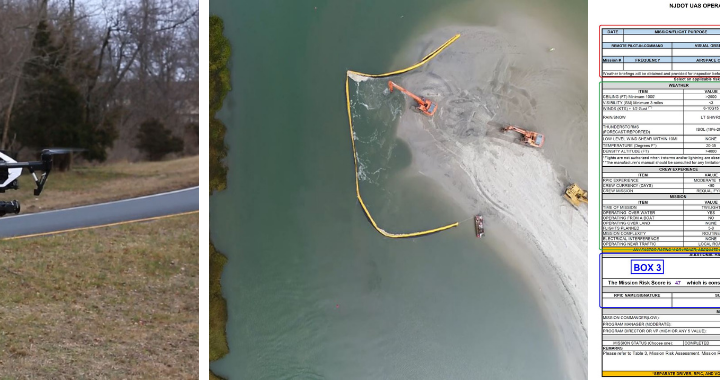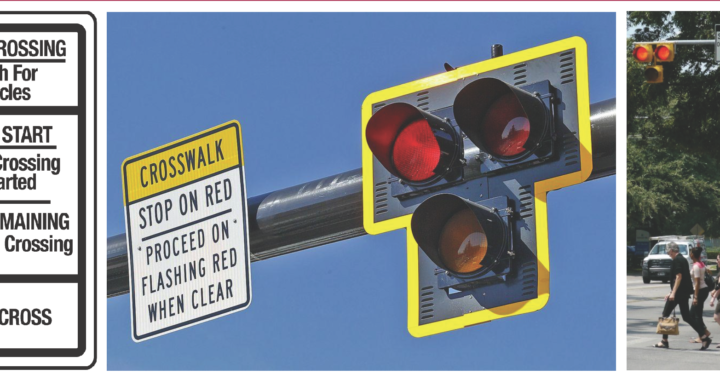The Research Spotlight focuses on transportation research — recently completed or underway in New Jersey — to improve the safety, mobility and accessibility of the state’s residents, workforce, businesses and visitors. Spotlight examples also highlight research and implementation activities devoted to enhancing the quality and cost effectiveness of the policies, practices, standards and specifications required to plan, design, construct, operate and maintain New Jersey’s transportation infrastructure.
Research to Implementation: The Use of Porous Concrete in Sidewalks
This Research to Implementation video presents an example of NJDOT-sponsored research and the effect such research has in addressing ...
The NJ Transportation Ideas Portal is Open to Your Ideas!
The NJDOT Bureau of Research invites your research and innovative ideas on the NJDOT Transportation Ideas Portal. ...
Research Spotlight: NJ Transit Grade Crossing Safety
A recently completed research study, NJ TRANSIT Grade Crossing Safety, focuses on identifying locations for rail grade crossing ...
Share Your Ideas on the NJ Transportation Research Ideas Portal!
The NJDOT Bureau of Research invites you to participate in the NJDOT Transportation Research Ideas Portal. ...
Research Spotlight: Exploring the Use of Artificial Intelligence to Improve Railroad Safety
Partnering with the FRA, New Jersey Transit and NJDOT, a research team at Rutgers University is using AI techniques to analyze rail ...
NJDOT UAS/Drone Procedures Manual and Best Practices for Use in New Jersey
NJDOT’s Unmanned Aircraft Systems Flight Operations Manual (UASFOM) is an example of knowledge sharing through development of a ...
Research Spotlight: Evaluating the Pedestrian Hybrid Beacon’s Effectiveness: A Case Study in New Jersey
Pedestrian Hybrid Beacons, one of FHWA’s seven Safe Transportation for Every Pedestrian (STEP) countermeasures, proven methods of ...
Research to Implementation: Design and Evaluation of Scour for Bridges Using HEC-18
This Research to Implementation video presents an example of NJDOT-sponsored research and the effect such research has in addressing ...

